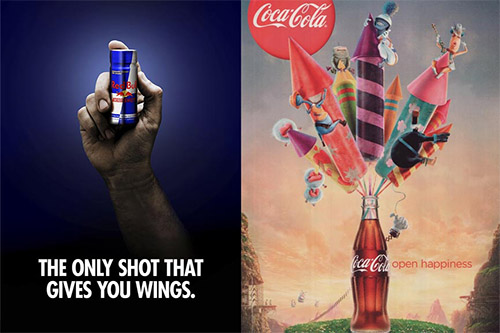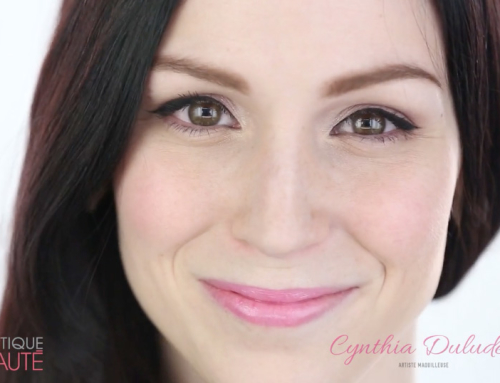Here comes the last chapter of our storytelling series (you can find the first article here and the second there).
After a definition of the concept as well as some application advice, we will now study the use of storytelling through big brands’ campaigns.
In order to have different viewing angles, we chose to approach Coca-Cola and Red Bull: two beverages brand, with two fundamentally opposed communications.
COCA-COLA: the choice of emotional storytelling
Coca-Cola has been for a long time the companion of your moments of happiness, sharing, tenderness.
The brand knows how to use this aspect in its video campaigns, largely shared and using other promotional tools (especially hashtags).
The entire website has been restructured as a community platform! Coca Cola Company produces many articles, in line with the editorial tone of the brand.
This strategy is explained in the video below, by the transition from a creative experience to a content experience:
The brand creates videos in relation with current world’s problems.
Last one in date, #MakeitHappy, wants to bring more happiness on our social networks, too often saturated with hate and bullying.
Coca Cola sometimes uses the public for their videos, searching for inspiration in nowadays problems and resolving it through simple values (sharing, happiness, simplicity…).
Here is the example of the first day of school when you do not know anybody. Coca Cola creates complicity and exchanges:
More impressive, Coca Cola even participates against the conflict between India and Pakistan.
Coca-Cola clearly appears as a brand bringing joy, freshness and sharing in a world where those values are sometimes missing. Nostalgy and return to childhood are often implied. No doubt that this strategy leads to an important attachment to the brand (and according to 1993’s slogan, we are #AlwaysCocaCola).
Although this strategy is very efficient, other brands choose to “write their own story” with other values.
RED BULL: the choice of extreme storytelling
Red Bull is a beverage brand as well, but it does not use the same storytelling style as Coca-Cola does at all!
Loyal to their catchphrase “Red Bull gives you wings”, the shared values are self-surpassing, extreme sensations, etc.
The brand is also a sponsor for many extreme sports events. They even invented one: the Red Bull Flugtag.
By becoming Felix Baumgartner’s official sponsor, the brand created a monumental marketing move: the Red Bull Startos. This jump is a historic record, and has been shared by every media in the world.
Just like Coca-Cola, Reb Bull’s website is not corporative at all.
This is an agenda of all extreme sport events in the world, a platform for sport and street style.
Finally, what creates attachment with the brand is the fact that consumers are really involved and contribute to its history. They are no longer spectators, but actors.
In the end, we can say Red Bull is a brand for extreme sport adepts, daredevils, which not only accompanies consumers but also creates challenges.
To sum up, we have to keep in mind that it is sometimes necessary to take distance from the product itself if the goal is to adopt a storytelling strategy.
Coca-Cola uses its bottles opening, the distributing machine, etc., but does not insist on the taste of the beverage. Red Bull has become an organiser for sport events everywhere in the world.
Storytelling is not only about bringing a story to your product, it is about going beyond this story, adding user experience, and following your ideals.
What about you, what do you think about this communication strategy? Does storytelling make you want to take another direction for your strategy? Do not hesitate to share your opinion in the comments section.








